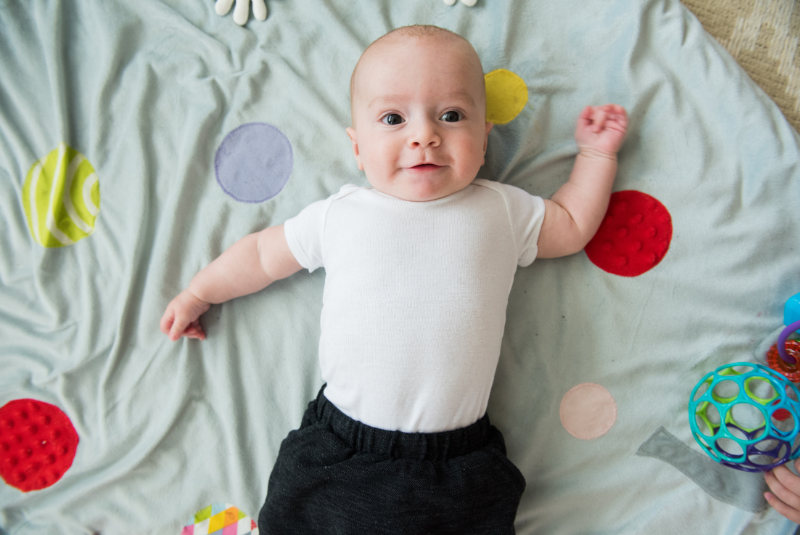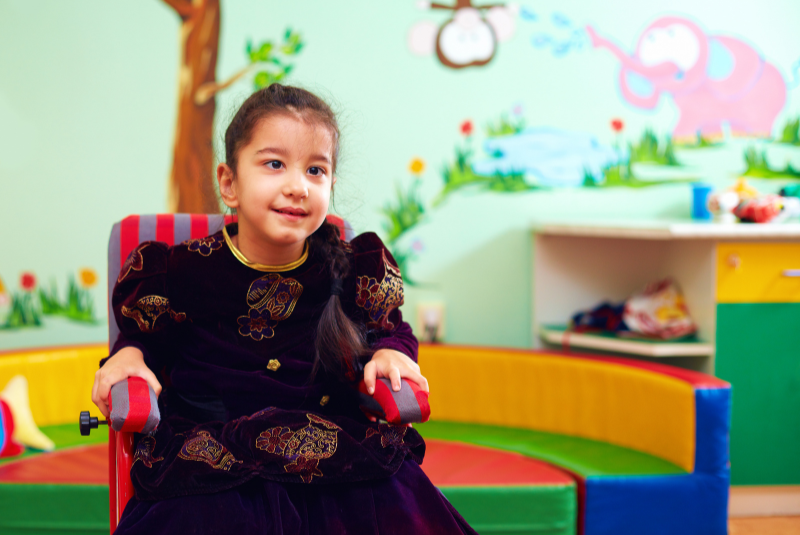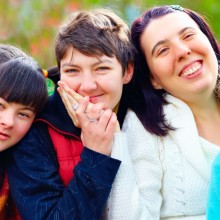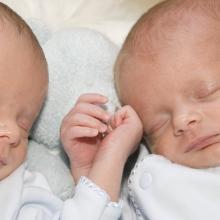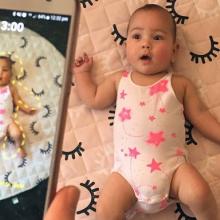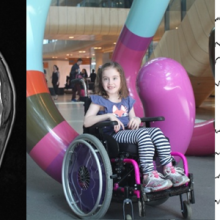Cerebral palsy (CP) describes a group of disorders of movement and posture resulting from problems that occur early in life in the developing brain.
One in every 715 babies are born with cerebral palsy.
Watch as Annabelle asks Professor Christine Imms about how our researchers are working on management and even prevention of CP in babies.
Watch as Annabelle asks Professor Christine Imms about how our researchers are working on management and even prevention of CP in babies.
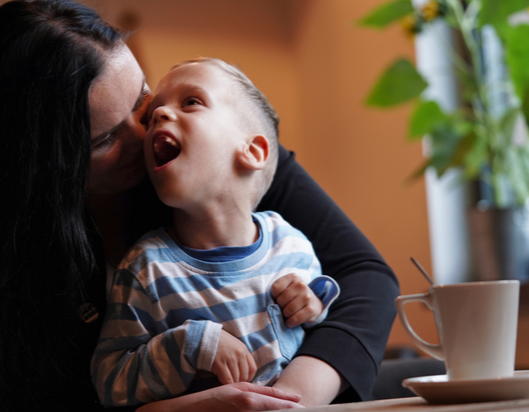
About cerebral palsy
Children with cerebral palsy experience many different types of movement difficulties that range from very mild to extremely severe, including muscle stiffness, weakness, involuntary or shaky movements, and reduced coordination or balance.
Some children experience problems with specific parts of the body, while for others, their whole body is affected. When cerebral palsy is severe, children can have difficulty learning, speaking, swallowing, seeing and hearing.
Children may also have epilepsy, pain and other concerns, and therefore need help with daily activities such as eating, dressing and bathing. Because cerebral palsy is quite diverse, each child’s experience is individual.
Cerebral palsy is lifelong; however, early diagnosis and intervention are important for improved outcomes. Our research ensures children receive the right treatment at the right time for optimal functioning and participation.

Who does it affect?
Who does it affect?
- Cerebral palsy is the most common childhood physical disability in Australia
- The rates of cerebral palsy have declined over the past 10-15 years
- In Australia, one in every 715 babies born are diagnosed with cerebral palsy, with about 500 new infants diagnosed each year
- The rates of cerebral palsy are higher for Aboriginal and Torres Strait Islander children
- Cerebral palsy affects an estimated 17 million people worldwide
Our cerebral palsy research
Our cerebral palsy research
Our cerebral palsy research is usually done in collaboration with young people with cerebral palsy and their families. It covers a range of areas including:
- Understanding risk factors and causes.
- Improving the clinical management of common conditions associated with cerebral palsy including pain, orthopaedic issues, drooling, dystonia, respiratory and sleep.
- Our gait laboratory, which is one of the best-known clinical laboratories in the world and leads research on treatments through long-term clinical trials and translates research findings quickly into practice.
- Addressing the health and social inequities of children, adolescents and young adults with cerebral palsy. Our Centre of Research Excellence (CP-Achieve) is finding ways to better understand and address the healthcare and service needs of adolescents and young adults with cerebral palsy.
- Co-designing resources to support young people with cerebral palsy as they transition to adulthood, so they have the capacity to participate in the life situations that are important to them.
Impacts of our research
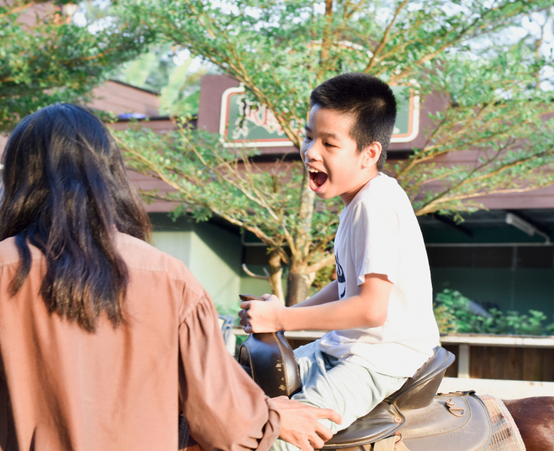
Impacts of our research
- The Victorian Cerebral Palsy Register, which forms the basis for much of our work, is recognised internationally and has supported over 150 projects and publications.
- Our Orthopaedics research group pioneered the use of botulinum toxin A to treat children with cerebral palsy. Children managed in our Orthopaedics research group have a much higher level of physical functioning and mobility than those typically seen in the early 1990s.
- We have developed numerous assessment tools used nationally and internationally including the Functional Mobility Scale, the Cerebral Palsy Quality of Life Questionnaire for Children, the Melbourne Assessment of Unilateral Upper Limb Function, the Mini Assisting Hand Assessment, the Drooling Impact Scale, the Dyskinetic Cerebral Palsy Functional Impact Scale and Picture My Participation.
- We developed the ‘CP for GPs’ resource to assist GPs in caring for people with cerebral palsy.
- We have developed evidence-based resources and guidelines including the Dyskinesia Toolkit, resources to promote the early detection and diagnosis of cerebral palsy and contributed to the American Academy of Cerebral Palsy and Developmental Care Pathways for Dystonia, Hip Surveillance, Respiratory Management and Saliva Control.
- Our research has helped support children and families to participate (attend and be involved) in their homes, schools and the community.
Our vision
Our vision
Our vision is a world where children and young people living with cerebral palsy, and their families, can meet the challenges of their development and can experience opportunities that help ensure they reach their full potential across the life span. We do this by building new knowledge and advancing clinical care in partnership with young people with cerebral palsy and their families.
Where to next?
We will continue to make significant gains to improve the outcomes for children and young people with cerebral palsy and their families by helping them to receive targeted and evidenced-based therapies from early in life.
Donate to MCRI
Help our researchers make life-changing discoveries in child health.

